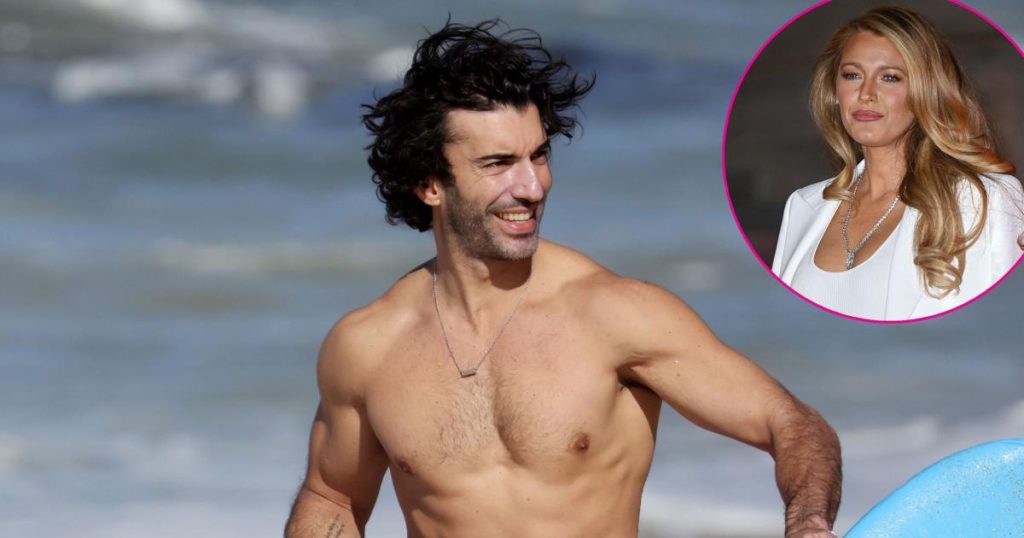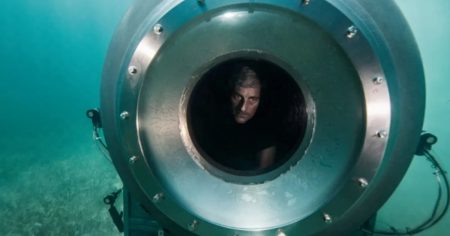The entertainment industry is currently captivated by a complex and escalating legal battle between actor and director Justin Baldoni and actress Blake Lively, along with her husband, actor Ryan Reynolds, and her publicist, Leslie Sloane. The dispute, originating from Lively’s allegations of sexual harassment and a hostile work environment against Baldoni, has quickly devolved into a multi-million dollar legal crossfire, with accusations and counter-accusations flying from both sides. The conflict has taken an intensely personal turn, with both parties vehemently defending their reputations and accusing the other of manipulative tactics.
The feud publicly ignited when Lively filed a lawsuit against Baldoni, alleging he created a hostile work environment and caused her severe emotional distress during their collaboration. Lively framed her legal action as a necessary step to expose retaliatory tactics often employed against those who speak out about misconduct. Baldoni’s legal team swiftly countered, vehemently denying Lively’s claims and characterizing them as “completely false, outrageous and intentionally salacious.” They accused Lively of leveraging the lawsuit to repair her public image and to disrupt the production of their film, “It Ends With Us,” by making unreasonable demands and threats.
The legal battle took a dramatic turn with Baldoni’s studio, Wayfarer Studios, filing a $400 million lawsuit against Lively, Reynolds, and Sloane. This lawsuit alleges civil extortion, defamation, false light invasion of privacy, and other claims. Baldoni’s legal counsel portrayed the lawsuit as a response to a deliberate campaign orchestrated by Lively and her team to smear Baldoni’s reputation using manipulated information disseminated to the media. They further asserted their confidence in possessing substantial untampered evidence that would ultimately vindicate Baldoni and expose Lively’s alleged misrepresentation of the truth.
Lively’s legal team responded forcefully to Wayfarer Studios’ lawsuit, framing it as a classic example of an abuser attempting to silence a victim. They accused Baldoni and his team of employing “DARVO” tactics – Deny, Attack, and Reverse Victim and Offender – a common strategy used by perpetrators to deflect blame and discredit their accusers. They characterized the lawsuit as a retaliatory measure against Lively’s sexual harassment allegations, and criticized Wayfarer for leveraging the financial resources of its billionaire co-founder to launch what they termed a meritless lawsuit designed to confuse the public and obscure the underlying issue of sexual harassment.
The legal teams’ contrasting narratives extend to the details of their professional interactions. Lively’s team maintains that the cast and crew of “It Ends With Us” shared negative experiences with Baldoni and Wayfarer. They also claim that Lively’s involvement in overseeing the film’s final cut was at the request of Sony, the film’s distributor, and contributed to the film’s success. Conversely, Baldoni’s team alleges that Lively’s demands and threats disrupted the film’s production and release, leading to its ultimate demise. This clash of narratives further deepens the divide between the two parties and complicates the public’s understanding of the truth.
As this legal saga continues to unfold, its complexity and high-profile nature promise to keep it in the public eye. The significant financial stakes, the involvement of multiple high-profile individuals, and the sensitive nature of the allegations make this a particularly compelling case. The conflicting accounts presented by both sides highlight the difficulty of discerning truth amidst accusations and counter-accusations. With both parties seemingly determined to pursue legal action, the resolution of this conflict remains uncertain, and the ramifications for all involved are potentially significant. The legal process will ultimately determine the veracity of the claims and counterclaims, potentially revealing a clearer picture of the events in question and ultimately influencing the future careers of all involved.










